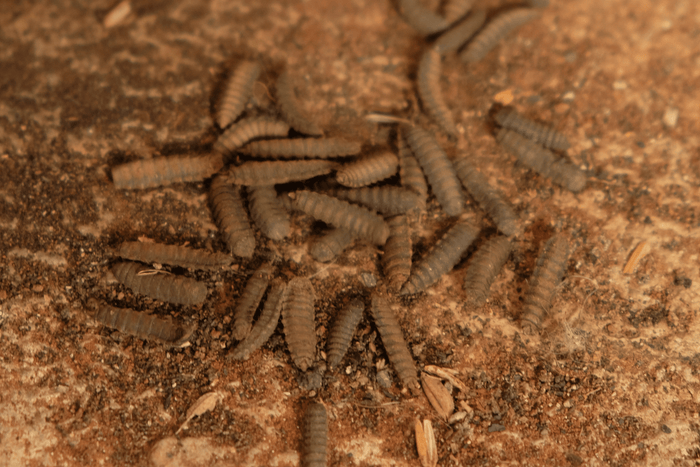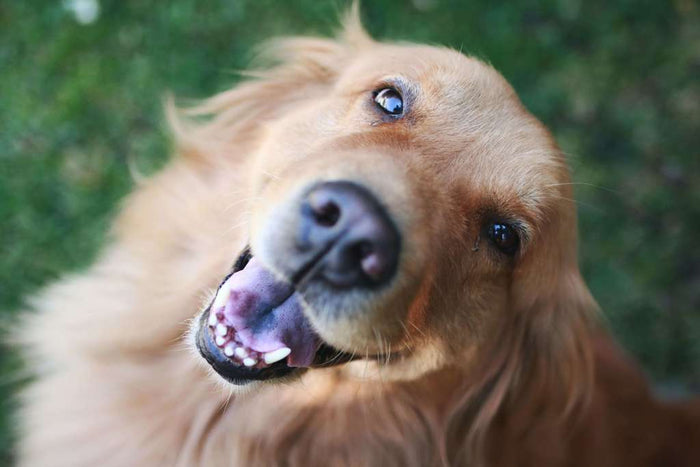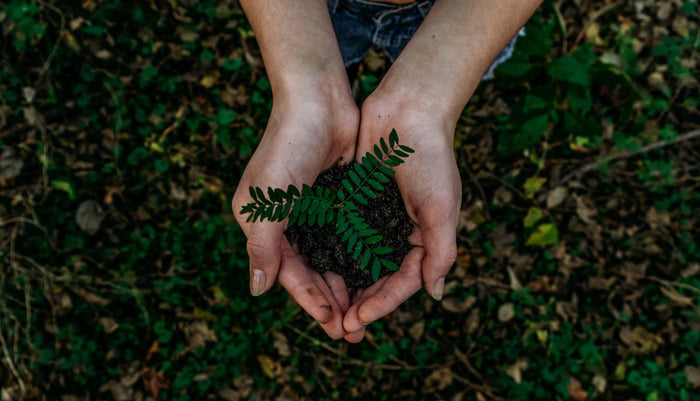The 50 Shades of Dried Black Soldier Fly

Perhaps 50 shades comes as a bit of an exaggeration, at least when it comes to dried black soldier flies, or any grubs. The range of colors that're likely to be observed when it comes to grubs ranges from golden to dark brown. So what does the difference in color between all these grubs mean? Is any one type better, more nutritious, or healthier than another? Why would there be any difference in the first place if we're talking about the same species of grubs - namely, black soldier fly larvae.
Without going too deep into the science and feed processing technology, and in order to avoid having you fall asleep while reading the article, a straightforward answer to all of these is that color doesn't give you sufficient info to know whether one type of grubs is better than another. A cheap and commercially available coloring can do the job and paint the grubs with whatever color is needed. This means that you shouldn't fall for marketing gimmicks such as "golden grubs are better" or "dark brown grubs are better".
What does matter is that you check:
(1) Ingredients. What is in the box you're buying?
(2) Processing technology. How are the grubs made?
(3) Appearance. How do the grubs look like? (and do not limit this check to checking the color!)
Let's look into each one of these in greater detail:
(1) Ingredients.
In the case of our Supreme Grubs products, the sole ingredient in all of our products is 100% dried black soldier fly larvae. We do not add any colors, fillers, additives or preservatives to our larvae. The only downside of this is that the grubs won't last you for years, and you should try to use them up by the expiry date printed on the box, all the while ensuring they're stored in a dry and cool place.
(2) Processing technology.
Another crucial aspect is ensuring that the processing technology isn't an overkill - meaning, that it doesn't overly burn the larvae and all the macronutrients and minerals it contains. Our larvae is microwave dried and golden colored, and is processed within a few seconds in a large oven, ensuring the nutrients, natural goodness and bioavailability of a larvae are preserved.
Airdried black soldier fly larvae tends to be a bit darker but even though the exposure to heat for airdried larvae is longer, the heat is of much lower temperature. This ensures that even in case of airdried black soldier fly larvae, nutrients are preserved and none of the natural goodness of a larvae is lost.
Airdried larvae, although we currently are not selling it, is not an inferior or a superior product. It's just that the larvae is made using a different processing technology but the nutrients are all preserved.
(3) Appearance.
There are a couple of things to look at.
Firstly, a good larvae will not be crushed but whole. Of course, a few crushed pieces here and there are normal because of the handling and transportation, but the majority of larvae should be whole.
Secondly, while bigger is not always better, if larvae is both darker and smaller, it could be that it was collected during the pupae or pre-pupae stage which is means that it has grown out of the larvae stage, during which it is the most nutritious. Again, there could be a few darker and smaller grubs here and there but majority should still be big and plump, which would show that it was collected and processed in the larvae stage.
Conclusion
Next time you are buying grubs, as we mentioned, looking at the color won't tell you much about quality. You should try to understand how the grubs were processed, using which technology, and also give it a closer look to better understand if there could've been a risk of any nutrients being lost during processing, or if the grubs were collected and processed too late and after the larvae stage. While we didn't cover 50 shades of black soldier fly larvae colors, hope that the article made you better equipped with the knowledge needed to choose the best grubs for you!


